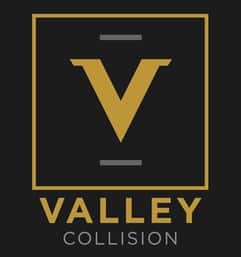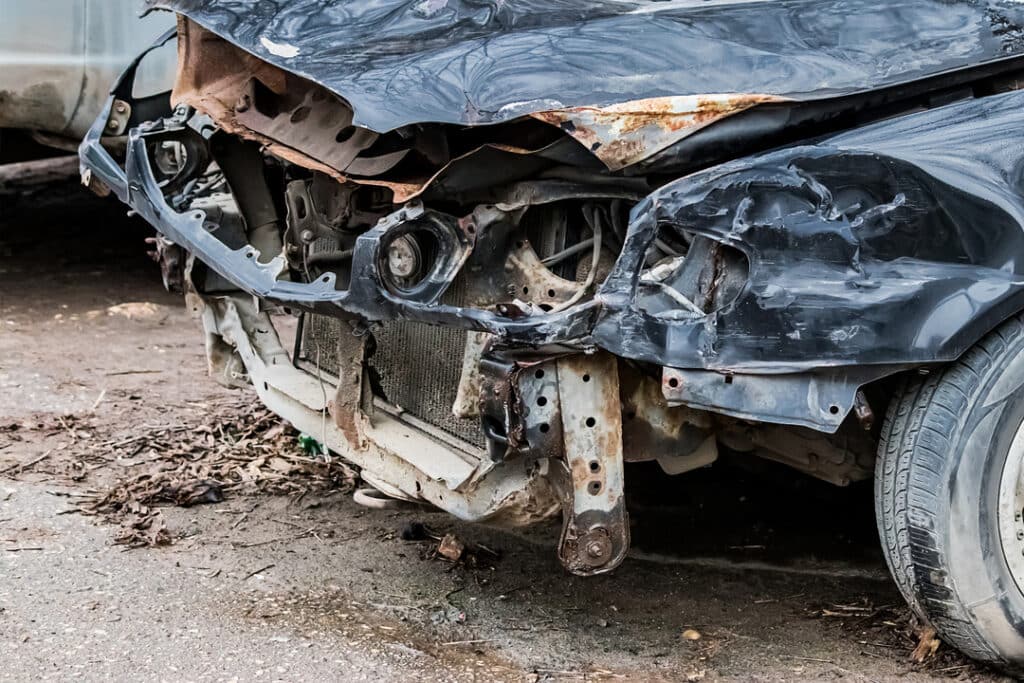Experiencing a rollover can leave you with many questions about your safety and the fate of your vehicle. Whether you rely on your car for daily commutes, family trips, or spontaneous adventures, knowing if it can be repaired after a rollover is crucial. Let’s determine if getting car damage repair is worth it.
The True Impact of a Rollover
A rollover occurs when a vehicle tips onto its side or roof, often resulting from sharp turns, collisions, or uneven terrain. These incidents can be devastating, causing significant structural damage and serious risks to passenger safety.
Rollovers are statistically among the most dangerous types of vehicle accidents, frequently leading to severe injuries or fatalities. Assessing the extent of damage after such an event is vital in determining the vehicle’s repairability and the safety of its continued use.
What Type of Damage Does a Rollover Cause?
Rollovers can cause serious damage to a vehicle, depending on the severity and angle of the impact—and some types are harmful enough that car damage repair isn’t worth the costs. The most common include:
- Structural Damage: The most severe type of damage, structural damage can result in crushed or collapsed sections of the car’s frame. This type of damage often renders a vehicle irreparable.
- Body Damage: Body damage is common in rollovers and can range from minor dents and scratches to significant deformations or detachments of body panels.
- Mechanical Damage: Rollovers can also cause damage to the vehicle’s mechanical systems, such as the engine, transmission, suspension, or steering components.
Your Complete Car Damage Repair Checklist
If you’re wondering whether to get car damage repair after a rollover, you need to examine your vehicle thoroughly. Here’s a checklist of things to assess:
- Safety First: The safety of passengers should always be the top priority. If anyone was injured in the accident, seek medical attention immediately.
- Exterior Inspection: Start by examining the exterior of your car, checking for any visible damages like dents, scratches, or body panel deformations.
- Check Under the Hood: Next, open the hood and check for any damage to your vehicle’s engine, battery, or other mechanical components. Do not attempt to start the car if you see smoking or leaking fluids.
- Assess the Interior: Check for any damage to the interior of your car, including airbags, seatbelts, and other safety features.
- Undercarriage Inspection: Carefully assess the undercarriage of your vehicle, looking for signs of structural damage or issues with the suspension and steering components. If you’re unsure what to look for, it’s best to have a professional mechanic inspect this area.
- Take Photos: Document all damages by taking photos from different angles. This will help with insurance claims and repair estimates.
- Schedule a Professional Inspection: Even if you don’t find considerable damage, a professional inspection is still recommended. An expert will identify any hidden or underlying issues that may not be visible to the untrained eye.
Repair Cost vs. Vehicle Value: Is It Worth It?
Not every car damage repair is worth the investment. Once you’ve gotten your car inspected and have a list of necessary repairs, it’s time to weigh the costs against the value of your vehicle. Some key factors to consider include:
- The age and mileage of your vehicle
- The overall condition of your car before the rollover
- The estimated cost of repairs compared to the current value of your car
If the cost of repairs exceeds the value of your vehicle, it may not be worth repairing. In some cases, it may be more financially feasible to replace your car with a new one.
Decided to Repair? Trust Your Vehicle to Valley Collision
If you’ve decided to repair your vehicle after a rollover, trust Valley Collision for top-quality car damage repair services. Our experienced technicians use state-of-the-art equipment and methods to restore your car to its pre-accident condition. Contact us today to schedule an appointment and get back on the road safely.

